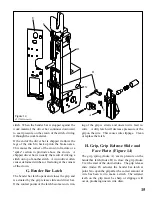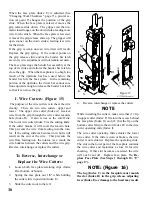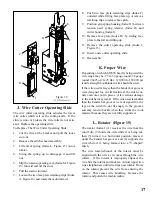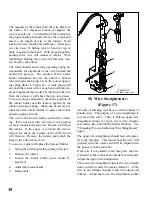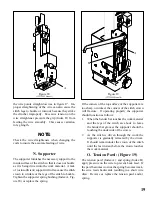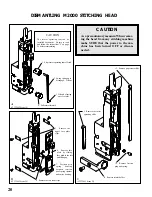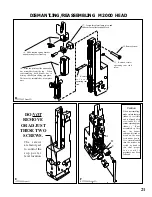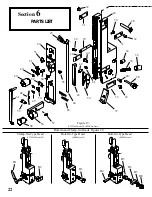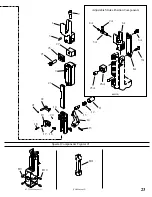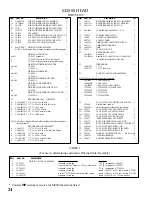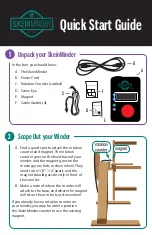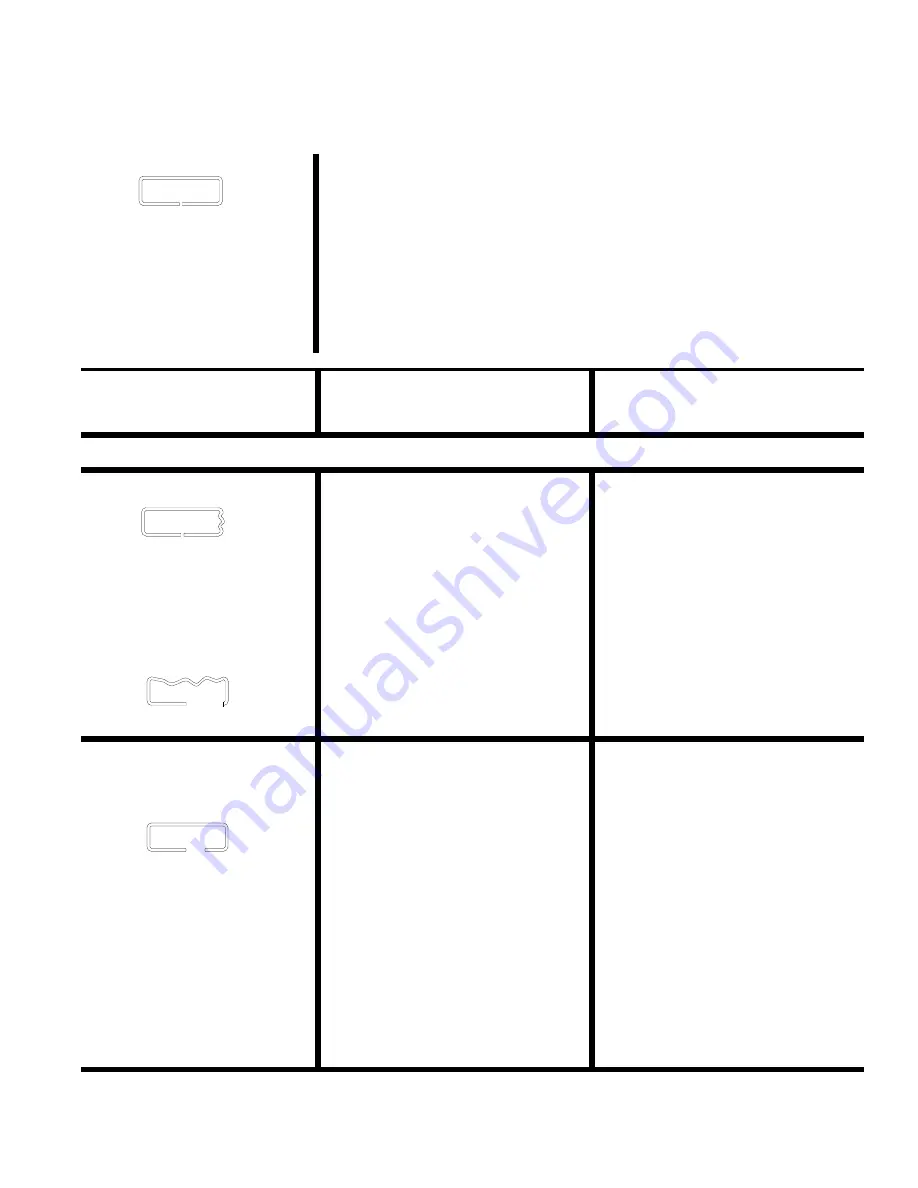
9
M2000 Head Trouble Shooting
HERE'S HOW A PERFECT STITCH LOOKS
Should stitches appear in any form other than illustrated, one or more
kinds of mechanical trouble may have caused the malformation. The
possible causes and remedies are given for each kind of mechanical trouble
and are listed under each section. The remedies are indexed to the Ad-
justments Section which gives more detailed information about your
stitcher, the mechanical trouble that may occur and suggested remedies.
Unless you recognize the correct cause, check each possible cause given.
TROUBLE
POSSIBLE CAUSE
REMEDY
A. Defective Stitches
See "To Equalize Both Legs of
Stitch" Page 8
"H" Page 15
"H" Page 15
Replace
"M" Page 18
"F" Page 14
"O" Page 19
"H" Page 15
1. One or both legs buckled.
NOTE: Since buckled legs are
often concealed in the work and
may appear the same as a short
leg, always remove two or more
stitches to see which is occur-
ring.
1. Clincher is worn or improperly
aligned.
2. Insufficient compression.
3. Unequal leg length
1. Leg Lengths not adjusted
properly
2. Gripper is worn or dirty
3. Grip release slide is worn
4. Broken wire guide spring
(Figs 20 page 22)
5. Excessive tension on wire
straightener
6. Worn Driver bar
7. Worn Tension Pawl or weak
tension pawl spring
8. Weak or broken grip spring
3. Length of one leg varies
"A Page 12
See "To Equalize Both Legs of
Stitch" Page 8
"I" Page 16
"K" Page 17
"D" Page 13
4. Burred stitch leg.
5. Incorrect wire size.
6. Worn bender bar.
2. Wrinkled crown.
"B,C" Page 12,13

















